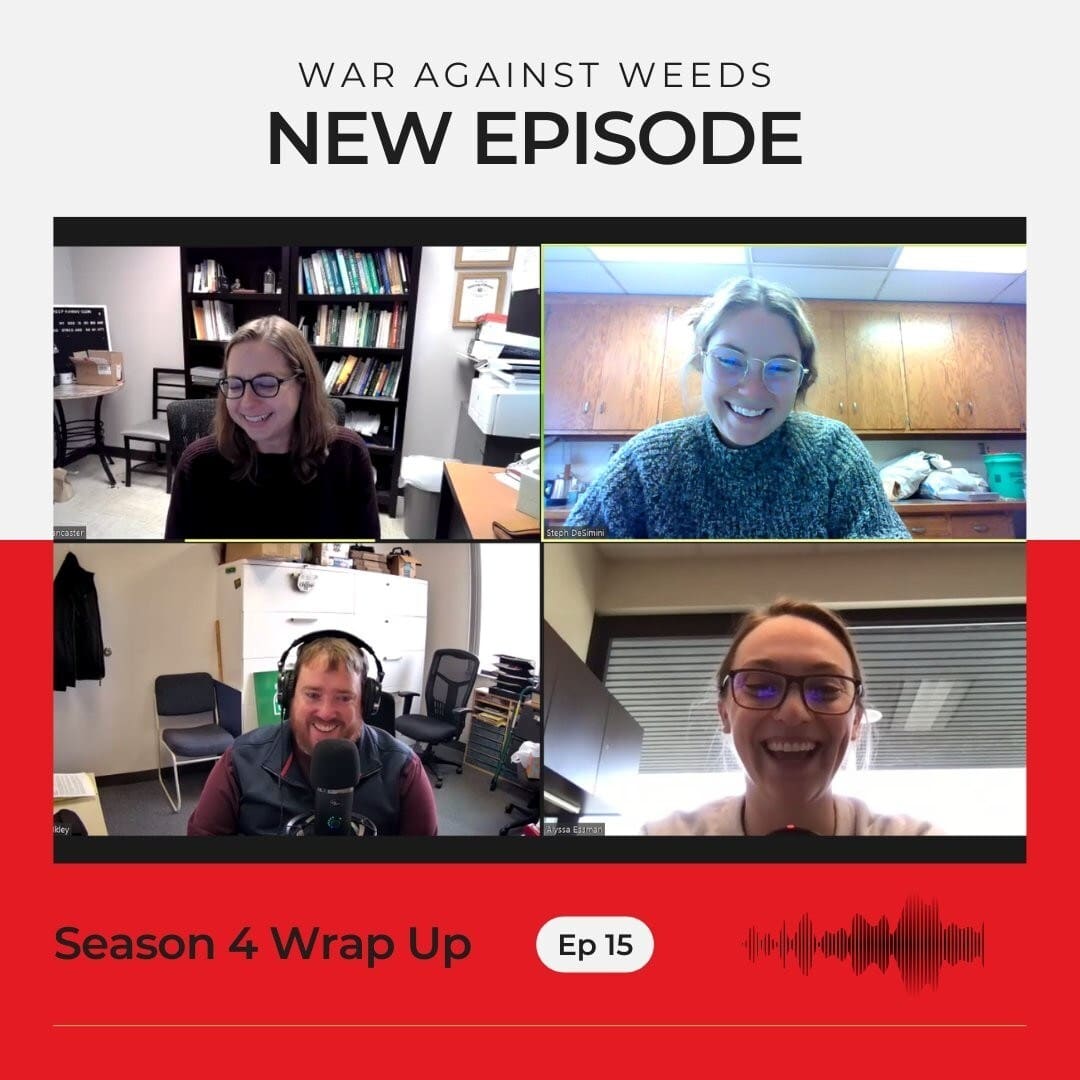Key Takeaways:
- WSSA members leverage podcasts to share regionally focused weed-control strategies
- Popular series include War Against Weeds, Weeds AR Wild, and Working in the Weeds
- Efforts supported by USDA, university extensions, and regional IPM centers
- Podcasts highlight integrated, economical, and environmentally friendly approaches
WSSA members use podcasts to promote weed management
The Weed Science Society of America (WSSA) announced that several of its members are increasingly using podcasts to promote effective and integrated weed management across the United States. The podcasts, often regionally focused, deliver practical advice for controlling problem and invasive weeds in agricultural fields, turfgrass, pastures, waterways, and natural ecosystems.
Hilary Sandler, Ph.D., president of WSSA, highlighted the importance of these initiatives. “We're proud of our talented member scientists and their dedication to utilize available technologies to promote integrated weed management. Late-season weed control is particularly important to protect next season's crops, turf, pastures and waterways from weed proliferation,” Sandler said.
War Against Weeds and other leading podcast initiatives
One of the most prominent WSSA-supported podcasts is War Against Weeds, co-hosted by Sarah Lancaster, Ph.D. (Kansas State University), Joe Ikley, Ph.D. (North Dakota State University), and Alyssa Essman, Ph.D. (Ohio State University). Now in its tenth season with nearly 150 episodes, the podcast has received funding from the North Central Integrated Pest Management Center and USDA’s National Institute of Food and Agriculture.
Other WSSA members are behind the Weeds AR Wild podcast, produced via Arkansas Row Crops Radio. Tom Barber, Ph.D., Jason Norsworthy, Ph.D., and Bob Scott, Ph.D., focus on timely weed-control solutions for Arkansas row crops. Now in its fifth season, the series has averaged 17 episodes per year.
At the University of Florida, Jason Ferrell, Ph.D., contributes to Working in the Weeds, a podcast that has produced nine seasons and 59 episodes covering aquatic and invasive weed management.
Multimedia communication extends beyond podcasts
In addition to podcast initiatives, WSSA members contribute to videos and webinars, including those developed by GROW (Getting Rid of Weeds) and Take Action, which connect farmer-focused networks to combat herbicide resistance. These resources complement podcasts by reaching broader audiences and reinforcing best practices in integrated weed management.
Whether focused on row crops in the Midwest, vineyards in California, turfgrass in New York, or aquatic weeds in Florida, WSSA members are playing a vital role in ensuring effective weed control across the country.


